THE PUCARA BULLS
19 October 2021
The “Pucara bull” is considered a totemic symbol, used in Andean ceremonies, the symbolism embodied in its figure has aesthetic and spiritual value.
Have you ever seen these bulls? It is very possible that you have seen them if you have traveled to the south of Peru, but do you know their meaning? Don’t worry, in this Traveler Blog we will tell you about this beautiful craft.
Legend has it that many years ago the town of Pucará was hit by a terrible drought, making it impossible to satisfy their water needs, as well as those of their livestock and crops, then one day one of the villagers decided to make an offering to the god Pachakamaq leading one of his bulls to the rock of Pucará, apparently the bull knew what was going to happen to him and struggled not to climb, when they are at the top of the rock the bull hits one of the rocks with his horns, from which a lot of water comes out, which was enough for the town to survive the drought. Faced with this miracle, the settlers began to admire the bull and it was part of his rituals, such as the marking of cattle. This caused the artisans to be inspired and create the small ceramic bulls that were initially used as a symbol in ceremonies and later attributed protective powers when placed in pairs on the roofs of houses.
As for its history, it dates back to the arrival of the Spanish, when these animals began to form part of their traditional festivals. For these festivities the bulls were decorated with many colors and something spicy was placed on their nose, which ended up getting irritated and going crazy, for that reason the artisans represent them with their tongues out.
This ceramic has its origin in the community of Checa Pupuja, but they acquire the name of Pucará since they were sold at the Pucará station, which was the closest place of sale for the Checa’s.
The “Pucara bull” is considered a totemic symbol, used in Andean ceremonies, the symbolism embodied in its figure has aesthetic and spiritual value, so we can appreciate the use of white colors representing purity and protection, black represents the ego and psychological problems and the chicha and water that are poured into the Pucara bull during the ceremonies, represents the source of life and fertilization.
In addition, in his iconographies we find that the hole in the back at the height of the sacrum represents working with water, fertilization, many indicate that it represents the feminine.
The handle connected to the hole in the back symbolizes the sexual energy that must reach the head, as well as the union of the man with the woman, which by spilling water generates new life.
The spiral figures symbolize life itself and as what one gives, it always comes back.
The eyes tell us that humanity is always alert to the world around it and that it must be in continuous self-observation.
An important meaning that this figure harbors is that of the Andean duality, by placing them in pairs on the roofs of the houses it represents the fusion of positive and negative energies, to reach a balance and a common goal. That is why it is common to find them on houses as a symbol of protection and happiness for families.
Initially they were made in 2 colors: white and walnut, the body maintains the natural color of the fired clay. To make the “Pucara Bulls”, various kinds of clay are used, which are aggregates of minerals and colloidal substances such as kaolin, dolomite; gray, yellow, green and reddish clay; as well as slaty clay and chocolate, each of which supports temperatures from 800 ° C to 2000 ° C. As a complement to the grinding, maceration and sieving of the clay, the refractory earth provided by the Holy earth of Pucara is used.
The head, horns and icons are painted brown obtained from natural or industrial dyes, depending on the case in pre-cooking and post-cooking. Now in the finishes of modern bulls, brighter and more striking colors are used so that they are more artistic and commercially attractive.
On your next trip to Cusco, Puno and other southern Peruvian provinces, pay attention to the roofs of the villagers’ houses and, if possible, purchase your pair of “Pucara Bulls” from local artisans.
See you on our next blog!
Peruvian Shades team

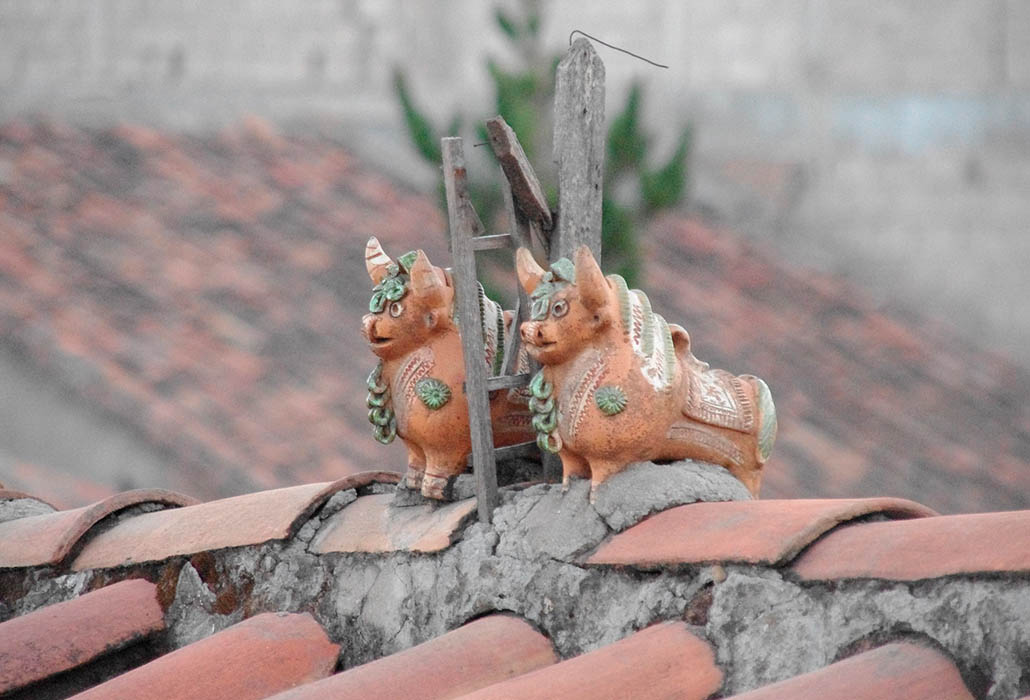
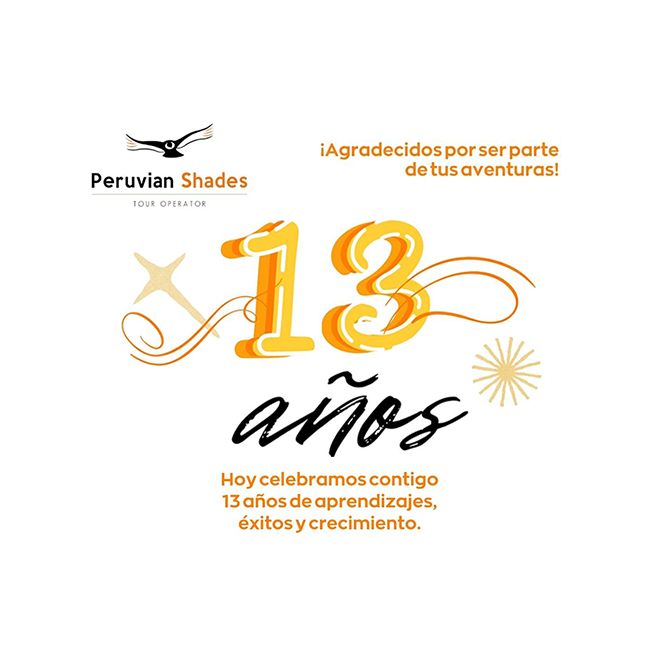
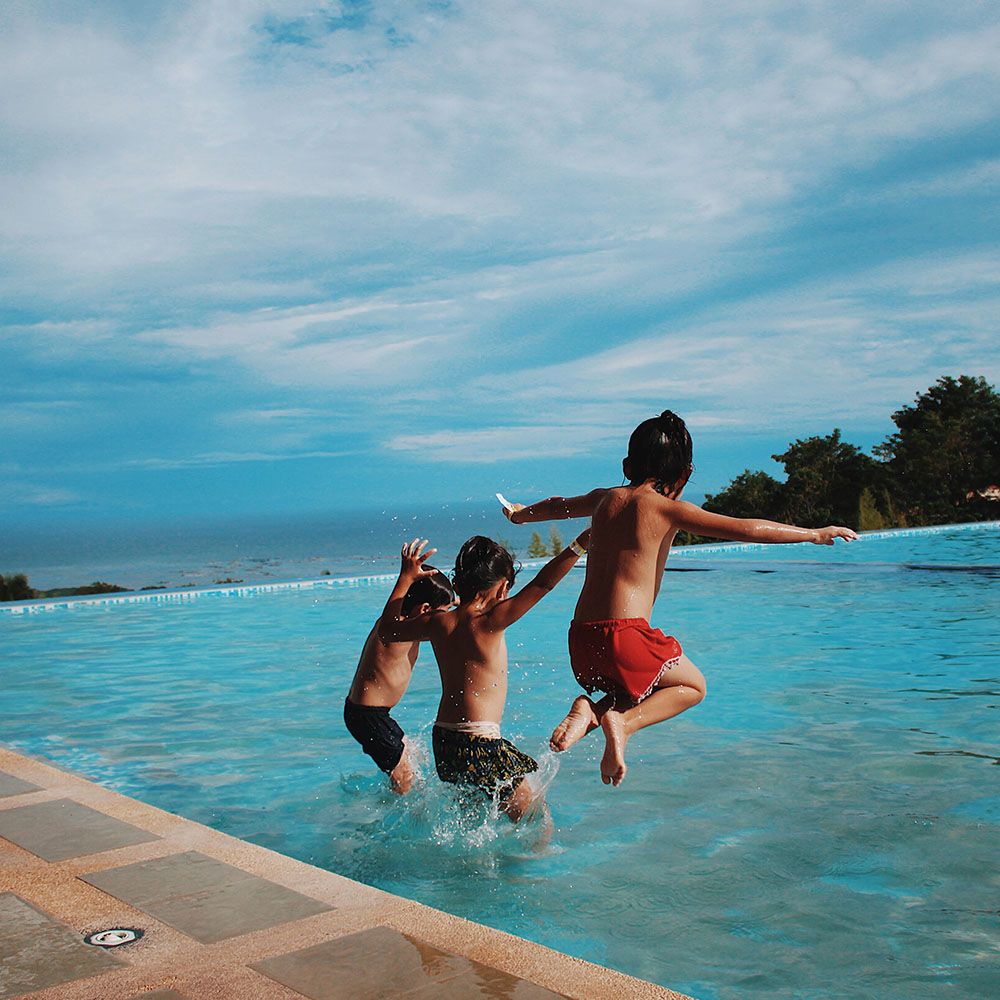

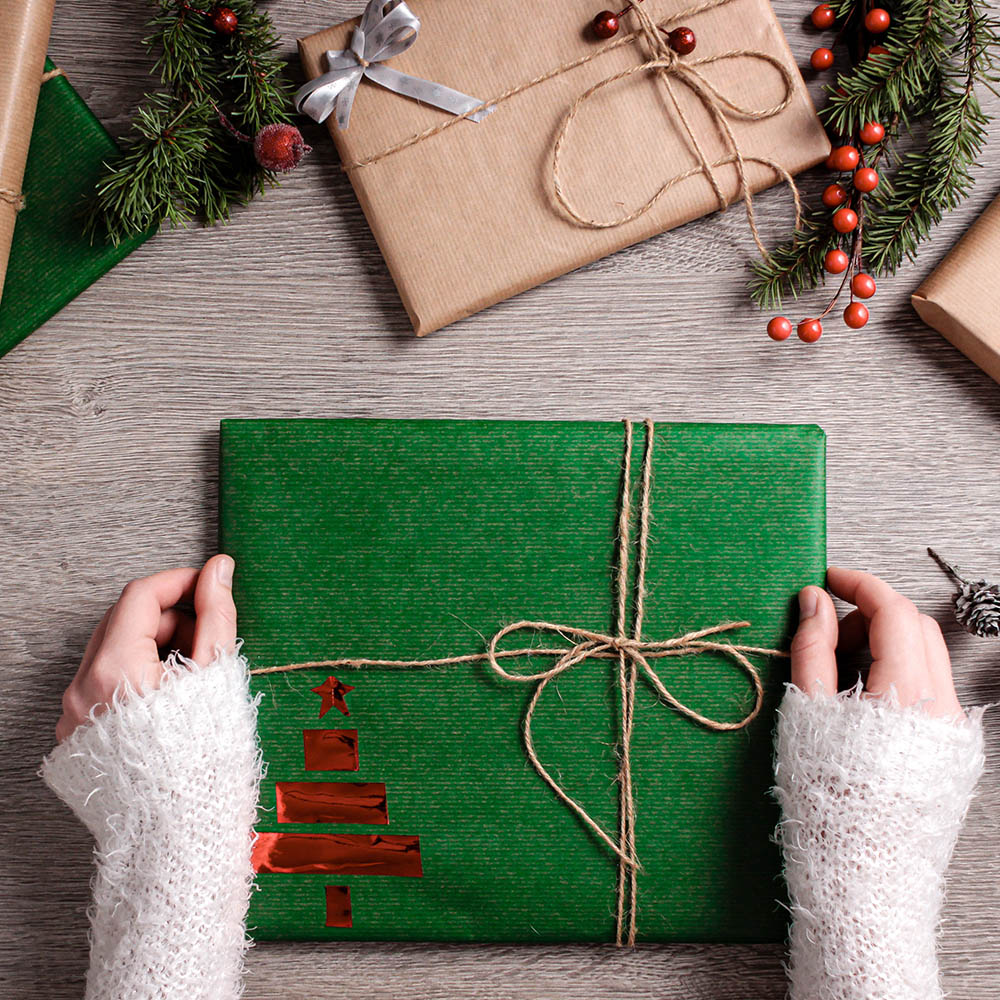
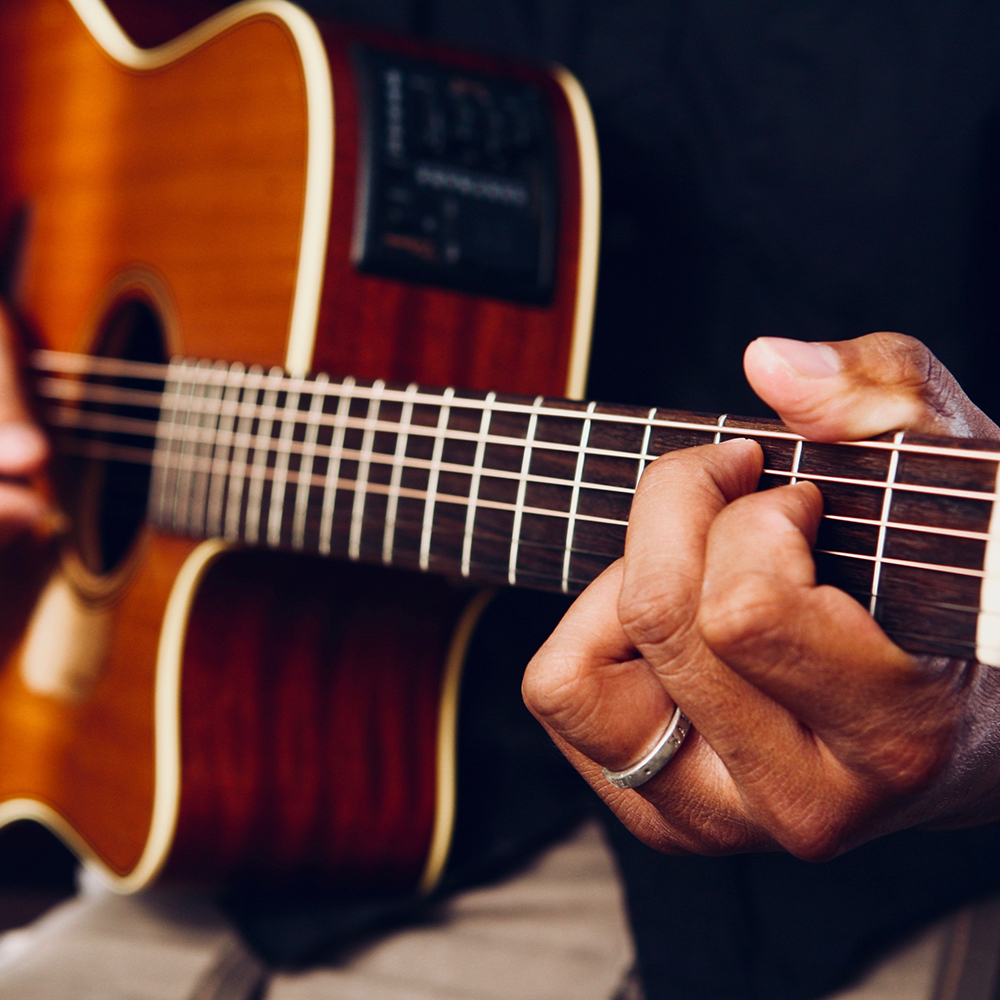
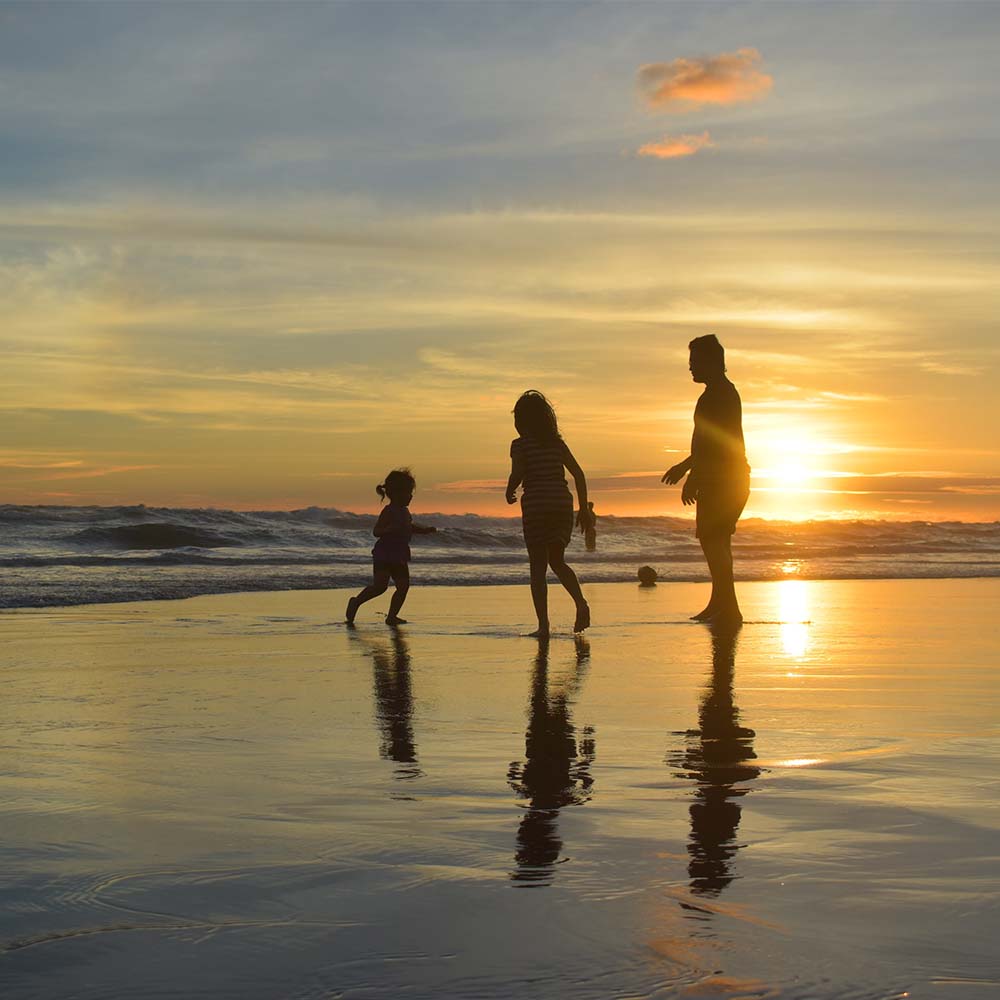




Comments